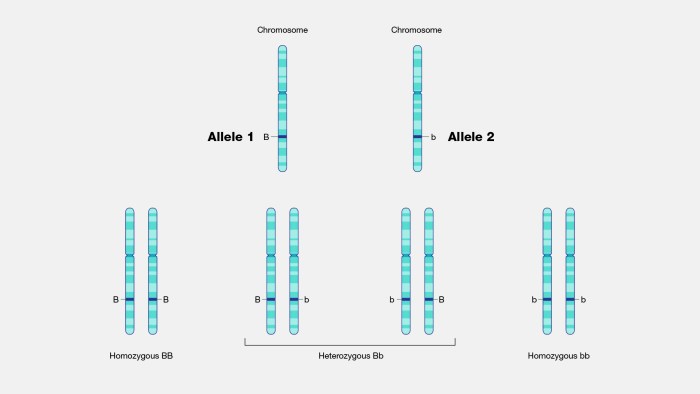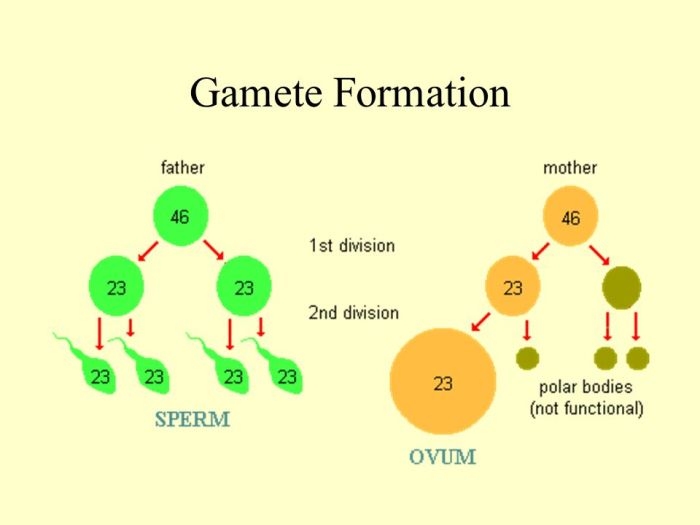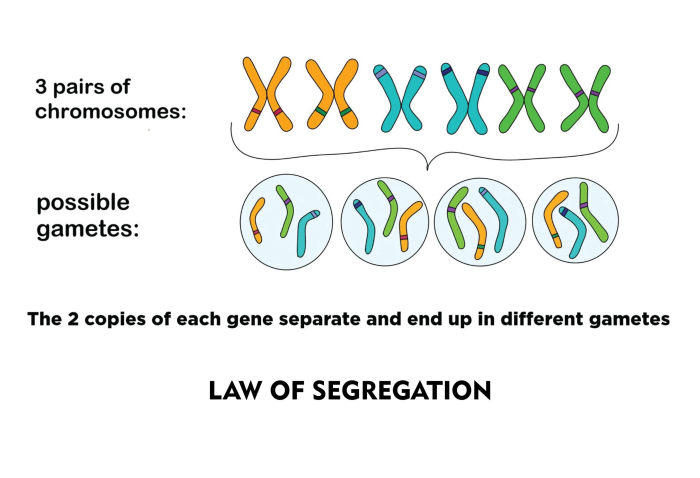Complete the following paragraph to describe mendel’s law of segregation. – In this exploration of Gregor Mendel’s seminal work on genetic inheritance, we delve into the fundamental principles of segregation and independent assortment, unraveling the intricate mechanisms that govern the transmission of genetic traits across generations.
Mendel’s Law of Segregation, a cornerstone of classical genetics, provides a foundational understanding of how genetic material is distributed during sexual reproduction, ensuring the preservation of genetic diversity within populations.
Mendel’s Law of Segregation: Complete The Following Paragraph To Describe Mendel’s Law Of Segregation.

Gregor Mendel, a renowned Austrian monk, laid the foundation of modern genetics through his groundbreaking experiments with pea plants. His seminal work, published in 1866, established the fundamental principles of genetic inheritance, including the Law of Segregation.
Mendel’s Law of Segregation states that during gamete formation, the alleles for a given gene separate from each other and are distributed randomly to each gamete. This means that each gamete (sperm or egg) carries only one allele for each gene, ensuring that offspring inherit a single copy of each gene from each parent.
The Principles of Segregation, Complete the following paragraph to describe mendel’s law of segregation.
The Law of Segregation is a fundamental principle of meiosis, the cell division process that produces gametes. During meiosis, the homologous chromosomes pair up and undergo a process of genetic recombination, where they exchange genetic material. This process ensures that each gamete receives a unique combination of alleles.
The Law of Segregation ensures that each gamete carries only one allele for each gene, as the homologous chromosomes separate during meiosis I. This ensures that offspring inherit a single copy of each gene from each parent, resulting in genetic diversity and variation within populations.
Punnett Squares and Segregation
Punnett squares are a powerful tool used to predict the genotypic and phenotypic ratios of offspring resulting from genetic crosses. By arranging the alleles of the parents along the sides of the square and combining them to form possible genotypes, Punnett squares provide a visual representation of the potential genetic outcomes.
Punnett squares demonstrate the role of dominant and recessive alleles in determining the phenotype of offspring. Dominant alleles mask the effects of recessive alleles, while recessive alleles are only expressed when homozygous. This concept is essential for understanding the inheritance patterns of traits.
Exceptions to Mendel’s Law of Segregation
While Mendel’s Law of Segregation is a fundamental principle of genetics, there are exceptions that challenge its universal applicability. These exceptions include incomplete dominance and codominance.
Incomplete dominance occurs when neither allele is dominant, resulting in an intermediate phenotype. Codominance, on the other hand, occurs when both alleles are expressed simultaneously, resulting in a distinct phenotype that differs from both homozygous phenotypes.
Applications of Mendel’s Law of Segregation
Mendel’s Law of Segregation has profound applications in plant and animal breeding. By understanding the principles of segregation, breeders can manipulate genetic traits to improve crop yield, livestock production, and disease resistance.
In genetic engineering, the Law of Segregation is used to develop genetically modified organisms (GMOs) with specific traits. However, the ethical implications of using Mendel’s principles in genetic engineering raise important questions that must be carefully considered.
FAQ Summary
What is the Law of Segregation?
The Law of Segregation states that during gamete formation, the alleles of a gene separate and segregate into different gametes, ensuring that each gamete carries only one allele for each gene.
How does the Law of Segregation contribute to genetic variation?
By ensuring that each gamete carries a unique combination of alleles, the Law of Segregation promotes genetic diversity within populations. This diversity provides the raw material for natural selection to act upon, driving evolutionary change.


